The risks of merging foreign aid streams
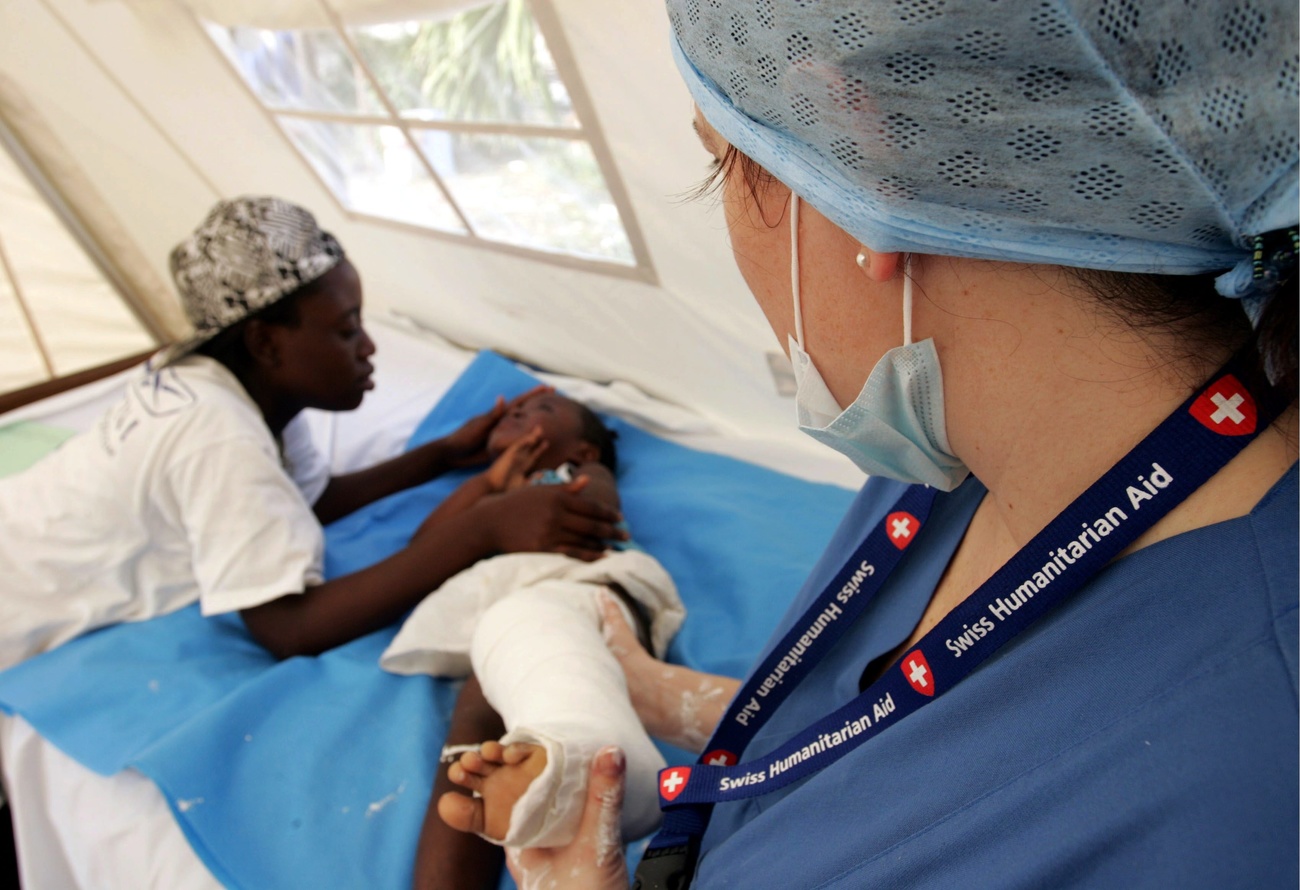
Switzerland is planning an institutional fusion of humanitarian aid and development aid. Emergency foreign aid rarely requires political justification but development projects almost always do. Putting them under one roof may make them more vulnerable to criticism. Is Switzerland’s famed humanitarian tradition going to come under pressure?
After the disastrous earthquake in Haiti in 2010, Switzerland helped to rebuild schools. It dispatched experts on earthquake-proof construction, provided information on building standards to the Haitian government, and trained bricklayers.
Was that considered development aid? No. In Switzerland’s view, it was humanitarian aid.
Now consider another scenario: in the tense, hostile atmosphere surrounding the Sri Lankan civil war in the late 1990s, Switzerland organised performances of Mother Courage and her Children – a war drama by Bertolt Brecht – in Tamil and Sinhalese. Audiences were intended to get the message that the country would not make progress without a peaceful solution.
What type of aid was that? For Switzerland it was development aid. Without peace there is no development – so went the thinking.
If all of this sounds confusing, an internal study by Alliance Sud, a coalition of Swiss NGOs, confirms that most people would find it hard to distinguish between humanitarian aid and development cooperation. Many mix up the two and regard the work of NGOs as falling in the area of humanitarian aid.
“When we talk about development cooperation, chances are no one would think of a theatre project in Burma where the topic is empowerment and good governance,” says Swiss historian Konrad Kuhn, an assistant professor of European ethnology at the University of Innsbruck in Austria. Development cooperation grew directly out of humanitarian aid, and today they sit on a continuum – so it is not easy for people to make the distinction.
A global trend
If humanitarian aid and development cooperation are merging more and more, it is not because of any theoretical discourse – it has simply developed in this way in practice.
International humanitarian aid during the cholera epidemic in Haiti, for example, was not just a short-term intervention involving medical care. It also focused on water supply issues. Only in this way can aid hope to have long-lasting effects.

Things can get more complicated in places where development aid is being delivered and war suddenly breaks out.
“In the past, the development operation would quit the terrain when things got ‘too hot’,” says Markus Heiniger, who spent years working for Swiss development agencies. Today such operations are expected to stay on the ground even if the situation is fragile – the reasoning being that conflicts now last longer and many regions are more unstable than they were 30 years ago.
According to Heiniger, Switzerland is not the only country grappling with this blurring of lines. The time has come, he believes, for some kind of restructuring of the groups involved, which until now have been organised “in silos”.
Institutional reorganisation
In the Swiss capital, the Agency for Development and Cooperation (SDC) is set to be rejigged. The departments of humanitarian aid and development cooperation will merge in September 2022.
Humanitarian aid and development cooperation at the SDC have been institutionally separate for historical reasons, explains spokesperson Léa Zürcher.
“This division makes less and less sense today,” she says. An external evaluationExternal link in 2019 recommended that the SDC adapt its organisation to changes in the field. Going against the recommendation, however, the SDC is not merging the framework credits for humanitarian aid and development cooperation.
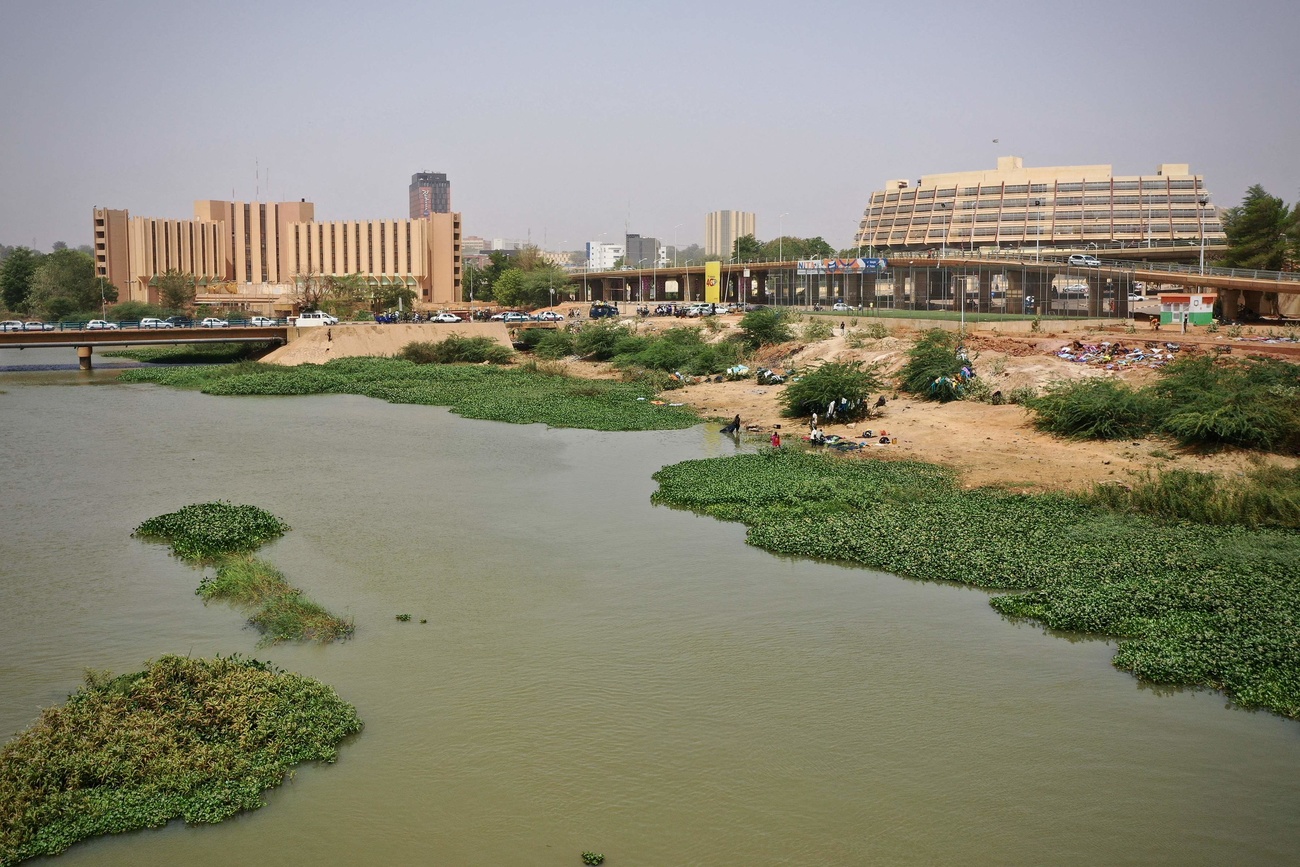
More
‘Investment can’t turn a country like Niger into Switzerland’
Reconciling humanitarian aid with development cooperation is the task of Switzerland’s international cooperation bureaus on the ground, says Zürcher. Under the new SDC director, Patricia Danzi, the policy is for humanitarian aid in ongoing crises to work in concert with development cooperation institutionally as well, at the head office in Bern, she adds.
“So for example, the work of humanitarian aid and development cooperation in Mali will be coordinated by one single office in Bern,” she says. This will enable the tools of international cooperation to be put to use without red tape and thus meet needs on the ground in the best possible way.
Different types of aid, different perceptions
Reorganisation – along with staffing changes – is not just causing unease within the SDC. It is also a politically sensitive question. The two kinds of foreign aid have very different images in the eyes of the public.
This is true in the recipient countries. There, humanitarian aid is seen as more neutral than development cooperation, which imposes conditions on the receiving states and aims to create change in political and social structures. When the two are mixed, there is a danger that parties in a conflict will deny access to humanitarian aid agencies.
But the image problem also prevails in donor countries, where right-wing parties look more favourably on humanitarian aid than on development cooperation.
“Humanitarian aid is short-term and used in emergency situations, so there is little political controversy about it at home,” says Kuhn, who has done research on development policy. Development cooperation and its effectiveness are often questioned, however.
More
One right-leaning critic is Swiss People’s Party parliamentarian Barbara Steinemann, who says that the Swiss government has lost focus on where to set priorities in development aid.
“We spend billions of francs abroad on questionable projects and corrupt states [and] for international conferences and gender programmes in Georgian agriculture,” she says.
Though favoured by those on the right, humanitarian aid is in a weaker position in this fusion. The Swiss Humanitarian Aid Unit is a volunteer corps. Some of the technical staff – building engineers, water specialists or medical experts – are sent out on time-limited assignments. Swiss Rescue, which helps in earthquake emergencies, should be phased out, according to an external evaluationExternal link, because it has very little to do at present. But the authorities are not taking this onboard.
According to the foreign ministry, it is commonplace for SDC staff to alternate between humanitarian aid and development cooperation roles. Although the two corporate cultures are being merged, they already work together as a matter of course, so the reorganisation will improve synergies.
The question, however, is whether this merger is really a “takeover” of humanitarian aid by development cooperation. If so, development cooperation is likely to face more attacks from the political right.
Not a competition
Parties on the left see things differently. They have traditionally had a positive attitude towards development aid. For Green Party parliamentarian Christine Badertscher, all areas of foreign aid are important and should not be expected to compete with one another.
“It is like a cascade: humanitarian aid is important just after a disaster but works only in the short term,” says Badertscher, who also sits on the board of the Swiss foundation for development cooperation, Swissaid. “Development cooperation helps in the longer term to build up structures, so that disasters don’t happen again.”
To put it another way: humanitarian aid is like an ambulance service. It operates quickly, decisively, and where it is needed. Development aid, on the other hand, is like physiotherapy. It works according to a set plan, over the long term, to accompany the recovery process. To be healthy, a patient may need both.
The SDC also speaks of a “toolbox”. In this metaphor, the tools – that is, the various types of aid – should complement one another to an optimal degree and be used together depending on the particular context.
In the end it is as Heiniger, the former development worker, says: “From the victims’ point of view, it doesn’t matter under what heading they are getting aid – the main thing is that something gets done.”
Humanitarian aid is intended to save lives and ease suffering after disasters, wars or crises, without favour to any particular group. Examples: searching for survivors after an earthquake, distributing food in a famine, or providing medical care to casualties in a war.
Development cooperation is aimed at reducing poverty through economic development and the promotion of human rights and democracy. Examples: training beekeepers and helping them to sell their honey on the local market; gathering data with a view to reducing the amount of antibiotics being prescribed for children; literacy programmes, advancement of women, or projects to cope with climate change.
Economic development cooperation is intended to stimulate the economy in cooperation with local and Swiss-based companies. The State Secretariat for Economic Affairs (SECO) is in charge of this. Examples: loans to local small businesses, or linking orders placed with Swiss companies in foreign countries to apprentice training.
Eastern European cooperation or transitional aid promotes a social market economy, rule of law and democracy in countries of the former Soviet Union and in the Western Balkans. ExamplesExternal link: training local government officials, advising public-sector financial administration, and reforming prison systems.
Peace-building is intended to combat sources of conflict and protect people from violence, war and arbitrary treatment. In many cases, this work overlaps with diplomacy. Examples: drafting international guidelines, election monitoring, good offices, and guidance for resolving past injustices.
Source: Foreign ministryExternal link
(Translated from German by Terence MacNamee)
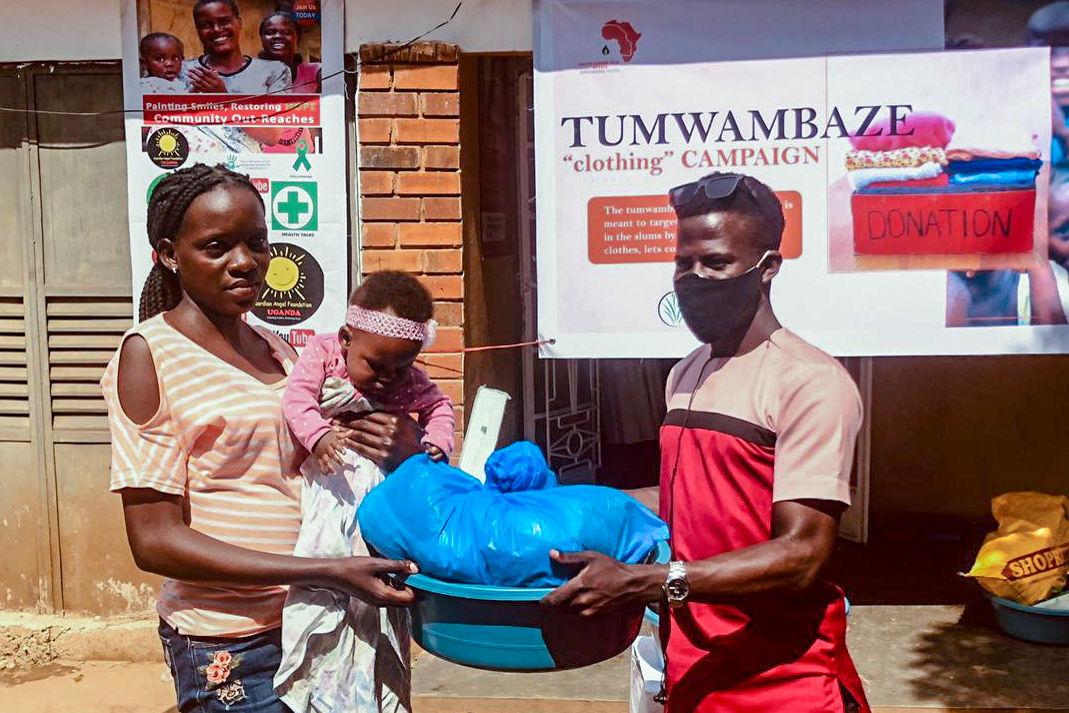
More
How Western development aid continues to stifle local initiatives

In compliance with the JTI standards
More: SWI swissinfo.ch certified by the Journalism Trust Initiative

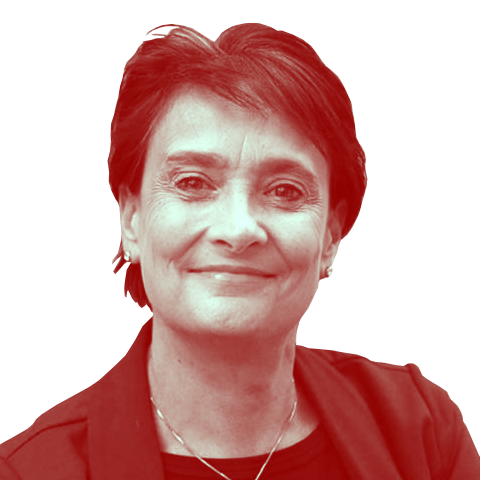








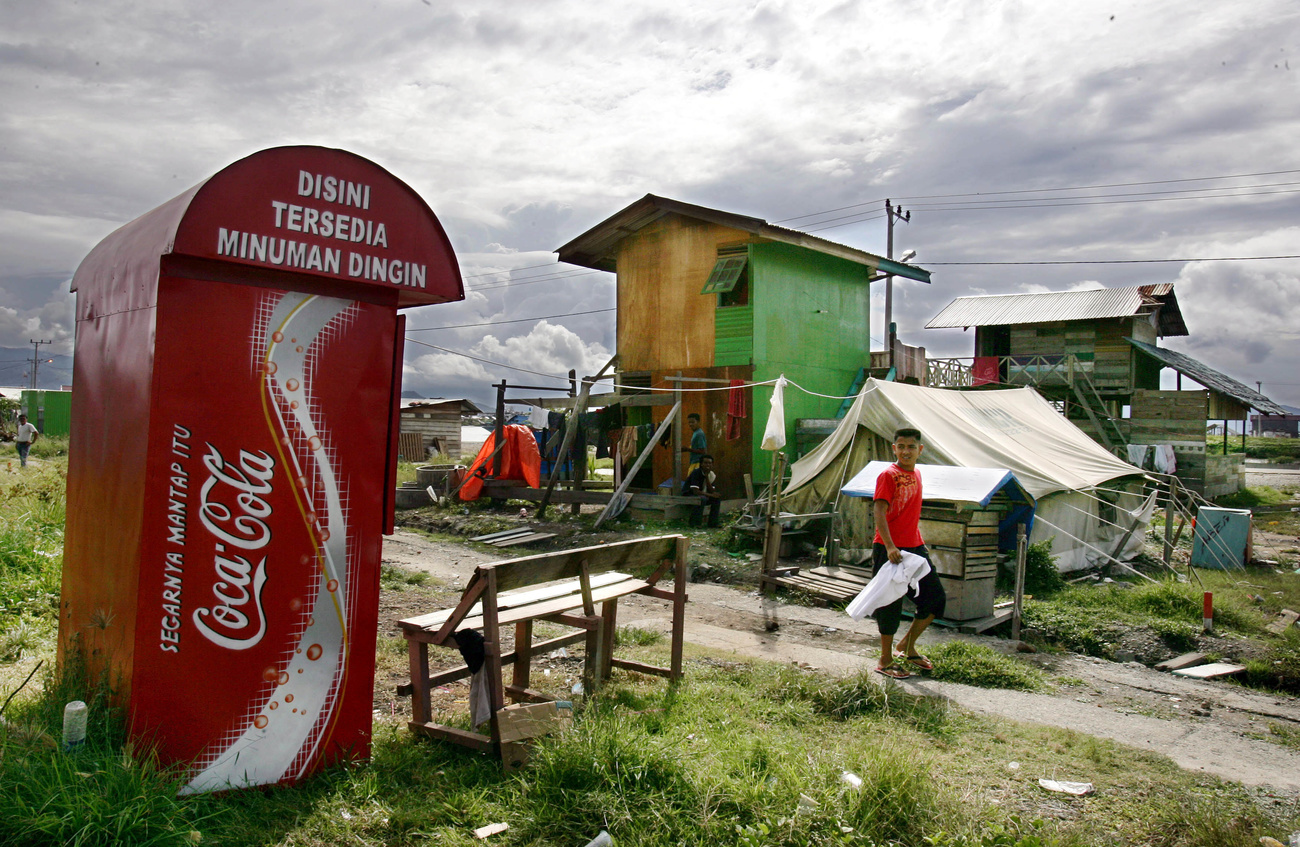

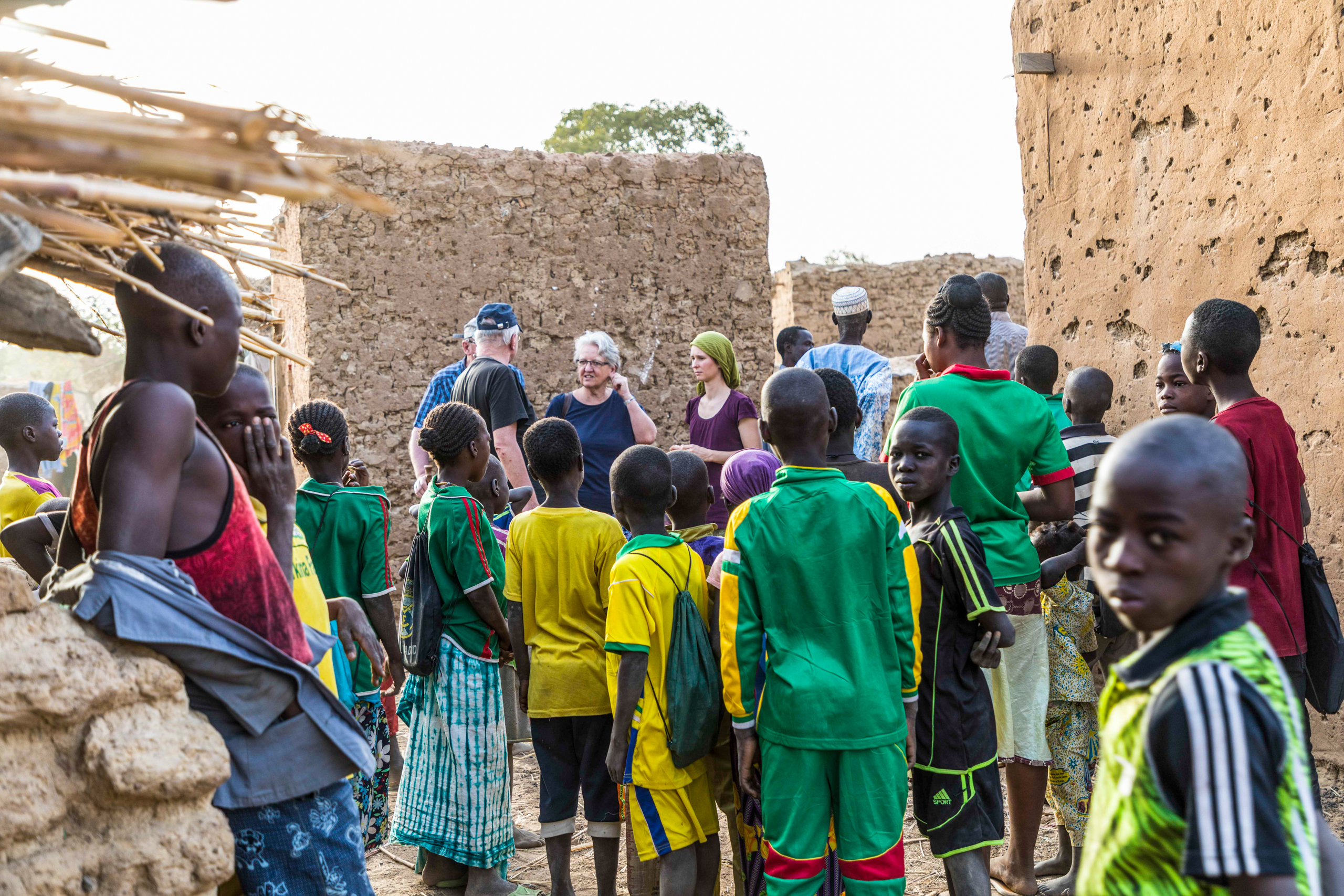
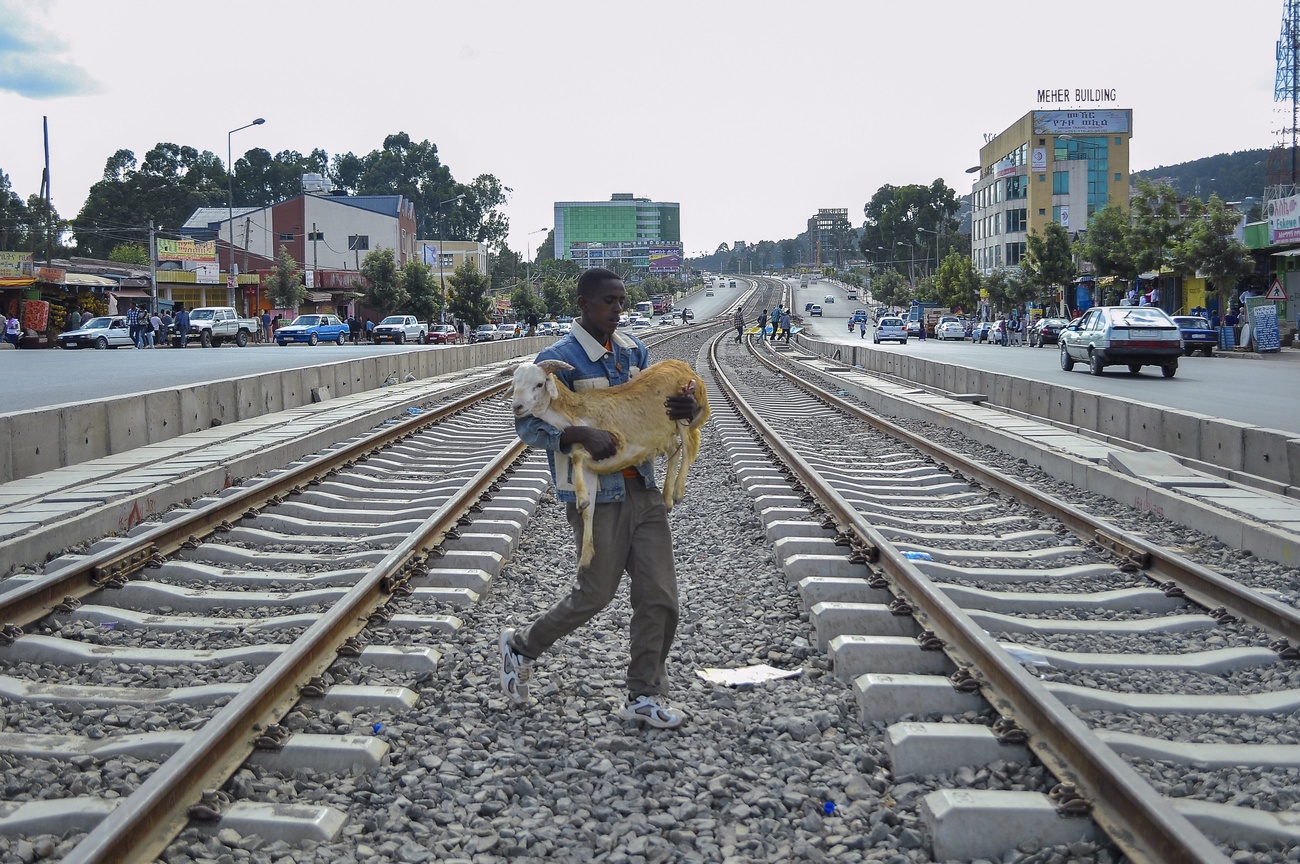
Join the conversation!